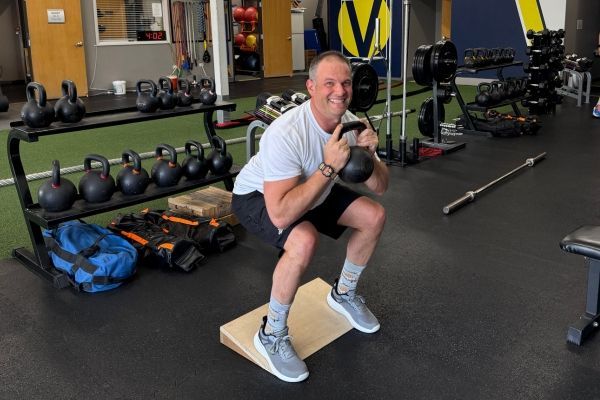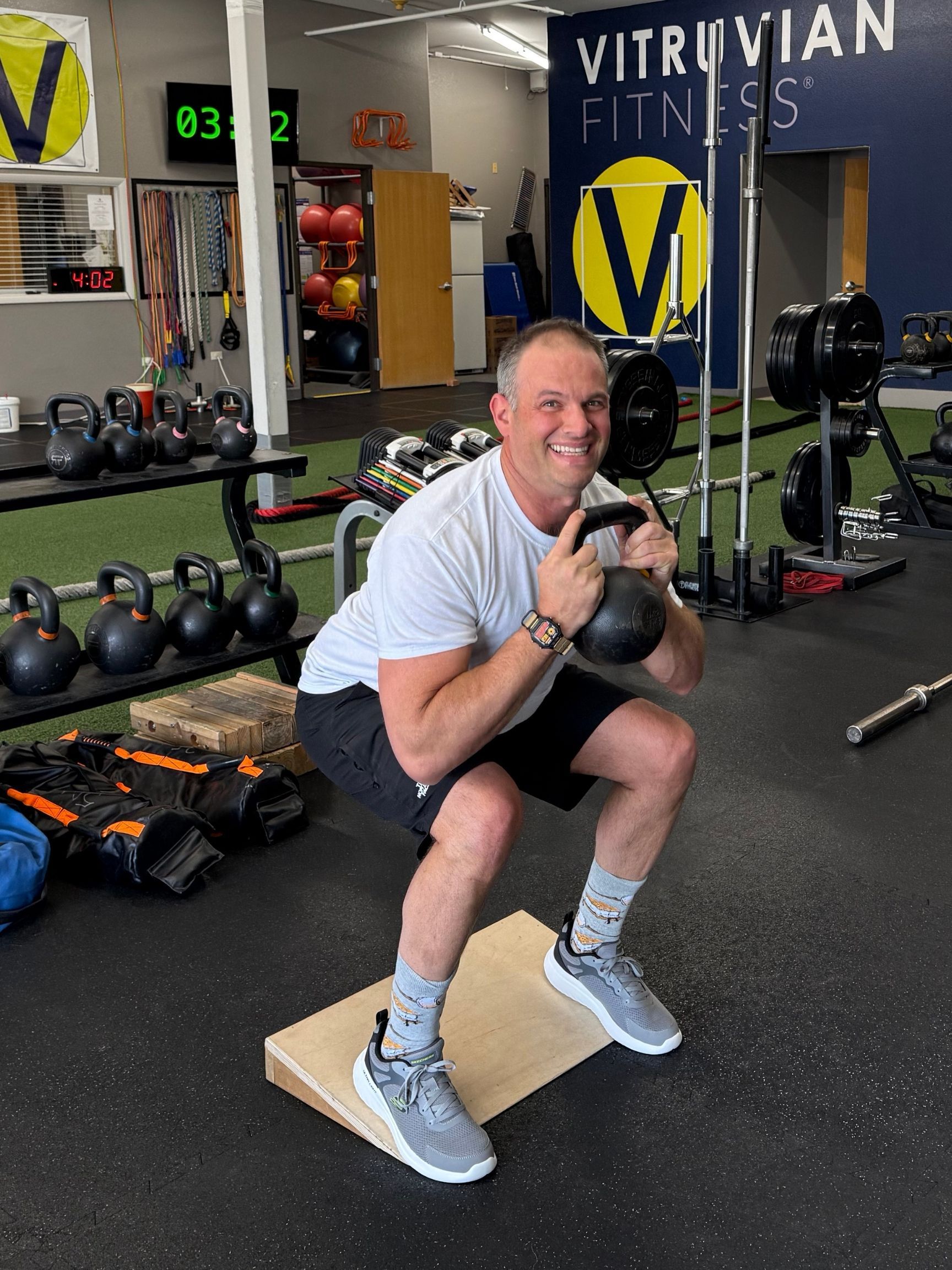How to Select the Right Weight for Each Lift
Until that’s true, you don’t need more load, you need more intention. This is the base layer of every other training decision.
2. What Phase Are You In?
Once your movement quality is solid, we consult the broader training arc. Different phases call for different intensities:
- Phase 4–5: Strength Development
If your form is dialed in, the goal is simple: challenge your limits. If your top set feels strong, controlled, and maybe even easy, then it’s time to increase the weight. Push toward the high end of your rep range with mechanical precision. - Phase 6: Power Development
Here, speed and explosiveness matter as much as weight. Ask:
Does the set feel crisp, snappy, and exhilarating?
If yes—but also underwhelming—go up. If it's sluggish or out of control, stay put or go down. The goal is maximum intent with total control. - Phase 7: Muscular Endurance
This is about sustaining effort with excellent form. Are you taking too many breaks during a block of work? That might signal you went too heavy. On the flip side:
Could you keep moving with perfect form and no breaks, even if the weight was higher? Go heavier next round. - Phase 8: Athletic Performance
Harder to pin down. This phase integrates multiple qualities: speed, strength, agility, and reactivity while moving in multiple planes of motion. Adjust loads based on how well you express each of the movements. If you're moving like an athlete, you’re in the right zone.
- Phase 9: Conditioning
This is about metabolic intensity. The “right” weight is the one that drives your heart rate and breathing up while still allowing high quality reps. If you're recovering before the recovery window ends, your work wasn’t hard enough. Increase your tempo or your weight or both.
3. How Ready Are You Today?
Now we take a step back. Training happens in the body you’ve brought with you today. Readiness can’t be guessed. It has to be sensed. In other words, how do you feel today?
Factors to consider:
- Sleep: Did you get enough? Was it deep and restorative?
- Nutrition: Are you fueled or running on fumes?
- Alertness: Are you alert enough to do the work well? Would a caffeine boost or pre-workout drink fill the gaps? On the other hand, caffeine might mask fatigue, but it doesn’t fix under-recovery. Are you over-stimulated?
- HRV / Recovery Scores: If you track them, listen to them.
- Stress: Mental and emotional stress are real performance limiters.
- Focus: Are you sharp or distracted? Laser-focused or mentally elsewhere?
When readiness is high: lean in. When it’s low: pull back or shift your focus to tempo, technique, or skill work.
Training isn't always about pushing your limits. Even though pushing your limits
is the way to make progress, you still need to dial back from time to time to avoid over-training, getting hurt, learn new techniques, and keep your habit-muscles flexing so you and your body are ready for action on the full-gas days.
4. Now You Can Pick a Weight
After you’ve answered questions 1, 2 and 3, you’re finally ready to select a weight.
Use the Rep Range as a Tool:
Much of our programming uses rep ranges like 8–12 or 5–8. Select a weight that:
- Challenges you at the low end
- Prevents you from easily hitting the high end
- Allows perfect, pain-free reps in the right muscle groups
Example:
If your set calls for 8–12 Dumbbell Chest Presses:
- Set 1: 12 reps with ease? Too light.
- Set 2: Pick a weight you can do for 9–10 good reps, no more.
- Adjust from there.
When to Increase:
- You hit the top of your range cleanly? Go up on the next set (not next week).
- The set felt easy or underwhelming, even at full reps? Go up now.
- You barely survived the set, and it got sloppy? Back off a bit.
The Bottom Line
Selecting the right weight isn’t just about effort, it’s about alignment. The right weight aligns with:
- Your current movement quality
- Your phase and training goal
- Your readiness today
- The stimulus you’re targeting
Go heavier when:
- You’re moving well
- The phase calls for heavy
- Readiness is high
- Lighter weights feel easy and unchallenging

Don’t go heavier when:
- Movement is messy or new
- You’re in a learning or recovery phase
- Your body isn’t ready to absorb the load
Training well means making good decisions. It means knowing when to push limits, when to stay put, and when to pull back entirely. That doesn't mean you're being soft, it’s strategic.
Tired of Lifting Without Progress? Fix the Formula.
Our 14-Day Trial is designed to help you choose the right weights, right moves, and the right mindset, so you train with confidence, not guesswork.
👉Let's Talk! Click here to schedule a
call!
You might also enjoy these posts . . .









